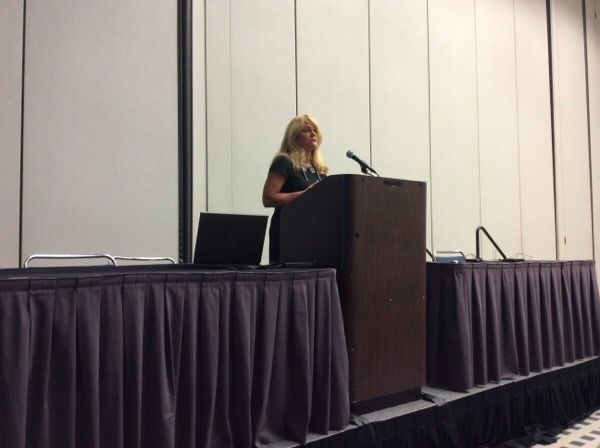Civil Unrest: Is Your Entity Ready?
Acts of civil unrest are occurring everywhere and, whether or not these acts take form in strikes, protests or riots, public entities need to be prepared. This session at PRIMA’s 2015 Annual Conference discussed lessons learned from past civil unrest events and ways to treat or reduce the impacts that civil unrest might have on a public entity’s reputation, infrastructure, operations and future. The session was led by Renata Elias, Vice President, Reputational Risk & Crisis Management at Marsh Risk Consulting.
Lessons Learned
Your public entity can learn a lot from past events. Here are some commonly-known examples of civil unrest with lessons learned from how they were handled:
- 1992 Rodney King riots – Complete failure to plan ahead of verdict.
- 1999 Battle in Seattle – One of the first protests to be organized via the internet. Available streaming video fueled controversy and response.
- 2010 G20 Summit in Toronto – Not enough advanced planning issues by police and orders by police to “take back the streets” incited more violence.
- 2011 Stanley Cup Finals (Vancouver loses to Boston) – Fueled by alcohol consumption. Police response impeded communication issues. This is the first time police used social media to identify and prosecute rioters.
- 2014 Ferguson – Lack of collaboration between police and community was prominent. Review police tactics for responding to civil unrest – did they use too much force? Had a confused communications strategy for release of information.
- 2015 Baltimore – Operational considerations around confusion over school closures, curfews and transportation closures. Misinterpreted comments from senior officials added fuel to the fire.
- 2015 Cleveland – Police and city leaders reached out to religious leaders, youth league coaches and business leaders to build relationships and relay any rumors of planned unrest prior to the verdict. Lessons from other incidents helped result in no confirmed injuries or property damage.
What Can You Do?
The effectiveness of your response is equally or more important than the event itself. Damage and poor response can impact your entity for years, including tarnishing your reputation. Failure is not inevitable, so it’s important to be prepared and resilient. Here are some important steps:
- Planning ahead and being proactive is critical. Preparedness equals a reduction in duration, severity and negative impact. Know your community, its demographics, and involve community leaders in planning. Contemplate the “what if’s”.
- Coordinate with all applicable agencies and stakeholders. Don’t forget to collaborate with the private sector because they own most of the critical infrastructure.
- Work hand-in-hand with community leaders.
- Account for operational considerations such as curfews, closures and parking traffic enforcement.
- Ensure a communications plan and strategy is in place to address external and internal audiences so that they are apprised of response efforts. This includes social media. It’s also important to work with the traditional media, not against. They can be your biggest ally.
What Does a Program Need?
Each program should include the following elements:
- Crisis management – The strategic framework that guides an organization and its leaders to prepare for, manage and recover from issues and adverse events that threaten operations, people, strategy, valuation, reputation, future.
- Emergency response – “Boots on the ground” – tactical process performed at a site to protect life and safety.
- Business continuity – Management and logistical process and plan to keep an entity operational. Include a plan to restore stability within your entity or community.
- Cyber response management – Holistic approach to managing a cyber hacking event by integrating all tactical aspects of a cyber response.
- Workplace violence – Reduce security and workplace violence risks involving training and preparedness. This can include violence that could occur during civil unrest.
- Crisis communications- The process and guidelines for how an entity will communicate proactively with all internal and external audiences and stakeholders.
Civil unrest develops quickly. Be sure to include it on your public entity’s risk registry and plan ahead. Don’t assume it cannot happen to you. No community, regardless of size, is immune.


